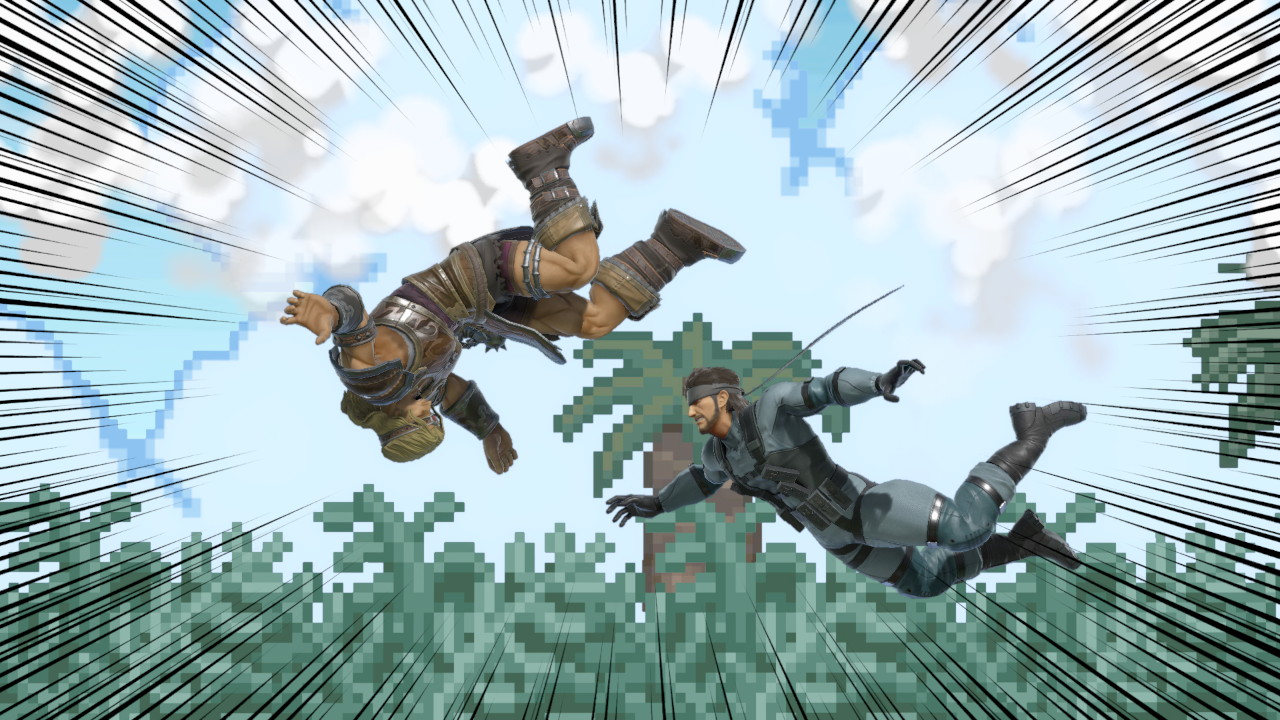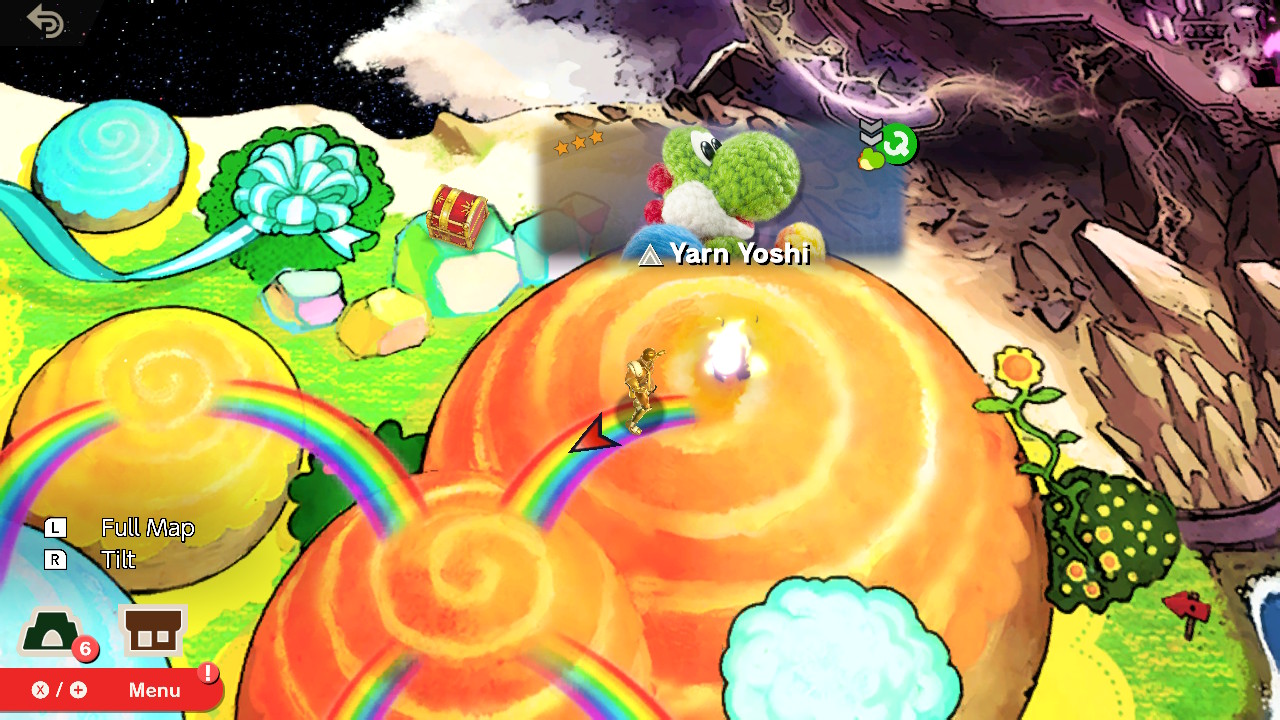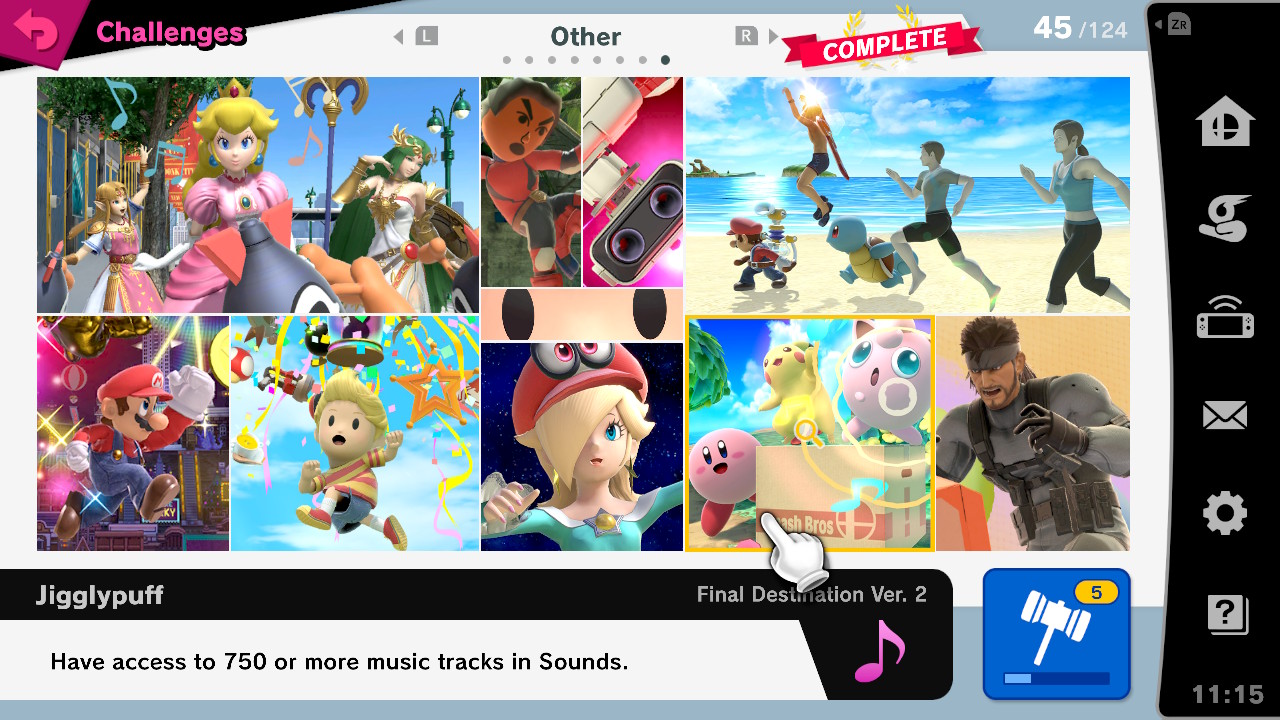Super Smash Bros. Ultimate Impressions - The Crossover Gaming Event Of A Generation
/How are they ever going to top this?
The wait between the announcement of Super Smash Bros. Ultimate to its release was the shortest in series history, but also the most agonizing for longtime fans. As many (yours truly included) wiled away hours and days online speculating on the roster, theory-crafting based upon the new mechanics, and generally being hyped at what could be possible from a new Super Smash Bros. game. Nintendo finally appeared to be making strides towards pleasing the series’ more hardcore fans with the unprecedented “Everyone is Here!” announcement, bringing back fighters not seen since Super Smash Bros. Brawl in 2008, as well as the surprise reveals of longtime requested Newcomers King K. Rool, Simon and Richter Belmont from Castlevania, and Ridley.
In addition, brand new fighters such as Inkling, Isabelle, and Incineroar joined the fray, as well as new Echo fighters Ken Masters, Daisy, Dark Samus, and Chrom, making for a whopping 74-character roster (76 if you count the Pokemon Trainer as three). As if the staggering amount of match-ups wasn’t enough, we’ll have at least six more fighters via DLC (two of them confirmed at this point as Joker from Persona 5 and the Piranha Plant).
The best of both worlds, with fresh gameplay mechanics
Universal gameplay modifications to the mechanics and physics had fans hoping Ultimate would find a happy medium between the heavy hitstun and aggressive pace of Melee and the equally precise but more read-and-punish-based gameplay of Super Smash Bros. for the 3DS and Wii U (which I’ll be calling Smash 4 from here on out).
By implementing a parry mechanic that allows you to punish if you properly guess the timing of your opponent’s attack, simultaneously bringing back directional air dodges and also making them very unsafe, allowing fighters to perform any action straight out of a dash, speeding up the pace of the game by streamlining knockback, punishing excessive spot-dodges and rolls with successively worse frame data, weakening shields and ledge get-ups, and enforcing a universal three-frame jumpsquat to even out neutral options, among many other much-lauded changes, series director Masahiro Sakurai and his teams at Bandai-Namco and Nintendo have attempted the impossible: to evolve Smash in such a way that would please hardcore competitive fans of both Melee and Smash 4 without alienating the younger and more casual gamers who simply want to have fun beating up Pac-Man with Mario… it was a real tightrope act, and boy, have they succeeded.
Super Smash Bros. Ultimate is, straight out of the box, the easiest of any (non-N64) Smash game to control. Rather than emphasizing precise input techs such as Smash 4’s perfect pivots or Melee’s L-cancelling, Nintendo has opted to streamline the control options so players can focus on their yomi (mindgames). The aforementioned ability to do anything out of dash means that tilts can pop off at any time. Combined with easy pivoting, this new ability pretty much negates the need for wavedashing (which is in the game, in a much less useful form). Hitting the jump and attack button simultaneously lets players perform a perfect short-hop aerial. The game also features a somewhat controversial hold buffer system, letting players hold inputs while an action is being completed in order for them to activate on the first possible frame.
Even with more input lag in general, the game feels more precise. Getting used to the new mechanics may be a bit rough on some, but the benefits are definitely worth the effort. Unlike the more defensive Smash 4, where campy characters could endlessly lame it out, and even two-stock games often went on for many minutes, Ultimate puts more emphasis on stage control and momentum. Get launched off-stage, and between the decreased landing lag on all aerials, weaker recoveries, stronger edge-guards, weaker options off-ledge, and less ledge intangibility, you’re not going to have an easy time regaining your advantage state.
Many new and returning fighters, but now balancing them all is a real tightrope act
But with all the focus on advanced mechanics, are Ultimate’s free-for-alls still enjoyable? The simple answer is yes. Items drop more consistently than in Smash 4, with a good balance and variety - no more droughts of nothing but the Daybreak/Dragoon three-part items and Smash Balls.
As for the new characters, King K. Rool is a heavyweight beast with Super Armor, Chrom and the speedy Inklings feel crazy fluid and are powerful to the point of being broken, Ken is a faster, easier, kick-heavy Ryu, Isabelle’s a deadly alternative to the Villager’s play style with her command grab fishing rod and proximity Lloid rocket mine, and Ridley is an even bigger glass cannon than Mewtwo, but with strong aerials. Incineroar fills the void of a Zangief/Haggar-like wrestler/grappler, complete with a frame 5 lariat. Simon and Richter are far and away my favorites, despite their slow speed and bad recoveries. My brother remarked that fighting the Belmonts feels like fighting an NES boss. Playing them harkens back to the NES days as well; there’s a perfect micro-time and micro-spacing for each of their attacks, and a good player will know how to use them to trap opponents. However, there are some match-ups the Belmonts will struggle with, such as against Olimar, Pikachu and Inkling, which brings me to my next point: the clearly uneven game balance.
I know Ultimate’s life cycle is in its infancy, but from my early observations, counter-picking seems to be the name of the game here. Zoners can still easily wall out heavies, and it almost seems like you can’t use a slow brawler against the game’s many disjointed sword users. Pure sword-wielding Fire Emblem characters such as Chrom, Roy, Ike, Marth, and Lucina are truly pains in the butt to fight against with shorter-ranged fellas such as Mario and Luigi. It only takes one weak hit to start a braindead aerial juggling combo which makes it darn near impossible to retake the stage, and even parrying their swords doesn’t guarantee a follow-up, since the reduced landing lag means it’s easy to safely space those hits on shield and retreat only to spam more short-hop aerials.
Most of the changes to the older cast have been very welcome indeed. Link’s remote bombs allow for a plethora of wonderful set-ups. My main Peach’s turnips can seriously edge-guard for the first time since Melee. Bayonetta’s Witch Time, ladder combos, and aerials have been nerfed without ruining the character. Cloud has a time limit on his Limit. Sonic can no longer cancel spin-dash or spin-charge with shield and they’re both unsafe on shield, making him an honest character. Mega Man, Palutena, Duck Hunt, and Lucas all seem much more viable. Snake - my Brawl main - loses his proximity mine and disjoints but benefits from a very good directional air-dodge and the ability to grenade camp and punish better than ever with the new and improved Nikita missile, among other tools. King Dedede’s Gordos last one more bounce and always stick to walls, upping his options significantly. The Pokemon Trainer no longer has stamina and can switch quickly and freely between Pokemon. Jigglypuff has crazy Pound confirms into Rest from around 17% to 50%. Shulk is significantly faster and switching Monado Arts has never felt better. Though still slow, Ganondorf’s been completely retooled. Captain Falcon now confirms the first hit of neutral air into the Knee of Justice, and thanks to the untechability of grounded spikes, he can confirm down-air into knee as well. Pikachu is a merciless monster with back-aerial to off-stage spike confirms. Young Link’s lag is largely unchanged from Melee, making him a very effective zone-and-poke fighter.
A passable, if not stellar, single-player experience
The new Adventure mode, World of Light, is an acceptable diversion for single-player (very sadly, there’s no co-op), and while many of the matches have interesting gimmicks and head-scratching challenges, others are just straight-up annoying and overly reliant on the player picking the right Spirits for the job rather than relying on raw skill. Damage isn’t fixed but determined by the relative strength of your team VS your opponent(s), but you don’t want to be too strong or your rewards won’t be as good if you aren't playing at a disadvantage, so there’s a constant balancing act, and the game’s suggested Spirits aren't always to your favor. RPG elements such as the Skill Tree also seem shoehorned in. Still, it’s fun wondering who you’ll be fighting next and formulating strategies to deal with some of the more obnoxious challenges.
The Classic mode has been revamped so that each character has a specific themed set of fighters to overcome, a very welcome improvement over Smash 4’s abysmal Classic mode that forced you into unfair item-infested 8-player matches. Multi-Man Smash events with Mii Fighters also return. However, the lack of other single-player content is rather disappointing. There’s no Home-Run Contest, no Stage Builder, no Break the Targets, no Trophy Rush or Coin Launcher, no Event Modes, no more Trophies to collect, no Smash Run or Smash Tour, and no Master and Crazy Orders. Instead of a traditional All-Star Mode with breaks between waves, you’re forced into fighting the entire roster, without healing items, four at a time, on a single Battlefield stage, which is a cruel and unusual punishment.
As for the online, it was absolutely horrid on release, with the game disregarding players’ preferred rules and matching up those wanting 1v1s with Free-For-Alls, but thankfully, with the recent 1.2.0 patch, things have gotten back on track, with matchmaking taking slightly longer but better prioritizing preferred rules. However, there are still some hang-ups. The Elite Smash mode, which is supposedly for more serious players, needs to be earned by netting many wins on normal matchmaking with every single character you want to use in Elite, which is silly when you consider the size of the roster and players’ personal time. After trying it out with friends, I’ve decided not to invest in Nintendo’s online service, since I live nearby two brothers who play on a semi-competitive level, and my nomadic life means I’m often without decent cell signal, let alone WiFi.
I’ll be grinding away at the game over the next few weeks to paint a clearer picture, so please expect my review soon! Until then, happy Smashing!























I recently had the chance to play an early build of Two Point Museum, the latest simulator from the developers of Two Point Campus and Two Point Hospital. With three levels available during my limited playtime, I got a taste of how this quirky formula evolves in its newest iteration, set to launch on February 27, 2025.